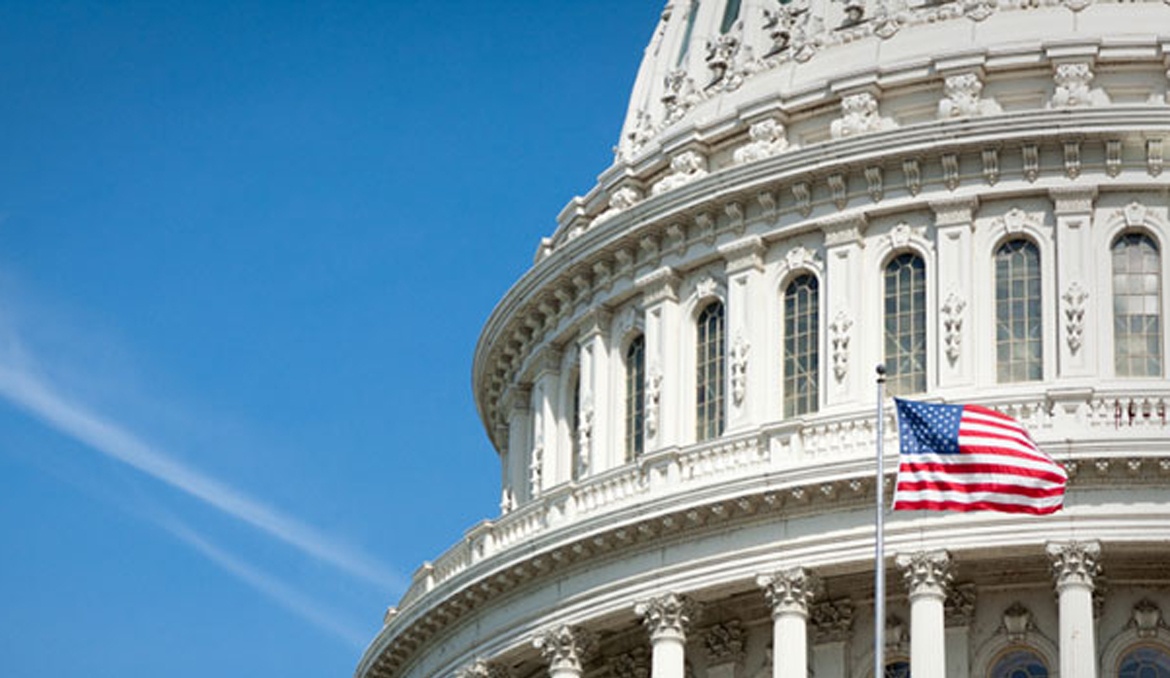Tag: CHIP
-

Four Takeaways from Trump’s Plan to Rescind CHIP Funding
President Donald Trump wants to employ a rarely used budget maneuver called “rescission” to eliminate $15 billion in federal spending, including $7 billion from the popular Children’s Health Insurance Program (CHIP). Administration officials insist the cuts wouldn’t negatively affect any programs — rather, they would merely return money into the Treasury that Congress appropriated but…
-

Bipartisan Budget Act Boosts Health Programs
In a rare show of bipartisanship for the mostly polarized 115th Congress, the Bipartisan Budget Act of 2018 is officially one for the record books. The week leading up to the final vote was far from smooth with Sen. Nancy Pelosi impressively filibustering on the floor of the U.S. Senate for eight hours to Rep.…
-

Possible Government Shutdown with CHIP in the Balance?
Friday, Jan. 19: Government shutdowns are rare, with the last shutdown in 2013 that lasted 17 days. Even though the U.S. House passed legislation that would fund CHIP for six more years, the Senate may not approve the measure. In fact, Congress is facing the possibility of another government shutdown, which could leave health care…
-

As CHIP Funding Lags, Doctors And Parents Scramble To Cover Kids’ Needs
Dr. Mahendra Patel, a pediatric cancer doctor, has begun giving away medications to some of his patients, determined not to disrupt their treatments for serious illnesses like leukemia, should Congress fail to come up with renewed funding for a key children’s health program now hostage to partisan politics. In his 35 years of practice, Patel,…
-

Children’s Insurance, Other Health Programs Funded — For Now — In Bill
The bill passed by Congress in late December to keep most of the federal government funded for another month also provided a temporary reprieve to a number of health programs in danger of running out of money, most notably the Children’s Health Insurance Program, or CHIP. Funding for CHIP technically expired Oct. 1. States have…
-

Medical Association’s 2018 State and Federal Agendas
The Medical Association Board of Censors has met and approved the Association’s 2018 State and Federal Agendas. These agendas were developed with guidance from the House of Delegates and input from individual physicians. As the Alabama Legislature and U.S. Congress begin their work for 2018, additional items affecting physicians, medical practices and patients may be…
-

CMS Issues Final Rule on 2018 Medicare Reimbursement
The Centers for Medicare & Medicaid Services has issued a final rule that includes updates to payment policies, payment rates, and quality provisions for services furnished under the Medicare Physician Fee Schedule (PFS) on or after Jan. 1, 2018. Background on the Physician Fee Schedule Payment is made under the PFS for services furnished by…
-

Legislative Update: What Happened This Week in Washington…
From President Trump’s new tax plan to renewed funding for the Children’s Health Insurance Program to former President Obama’s Independent Payment Advisory Board, health care has been at the center of a lot of discussions this week on Capitol Hill. Vote Expected Today for CHIP — The House is expected to vote today to pass…
-

CBO Analysis of Proposed CHIP Funding Bill Causes Doubt
More than three weeks after the deadline to renew the Children’s Health Insurance Program, the Congressional Budget Office has released an analysis of the five-year extension bill, which would extend the bill to 2022 so they can make a few changes, including revamping federal matching rates. The CBO analysis, which also indicated the proposed legislation…
-

Coalition Pushes for CHIP Reauthorization
DOWNLOAD A COPY OF THE JOINT LETTER The Medical Association, the Alabama Chapter of the American Academy of Pediatrics, state lawmakers and a number of organizations advocating for children’s health care are petitioning the Alabama Congressional Delegation to support reauthorization of a bipartisan CHIP funding bill before the Sept. 30 deadline. In a…